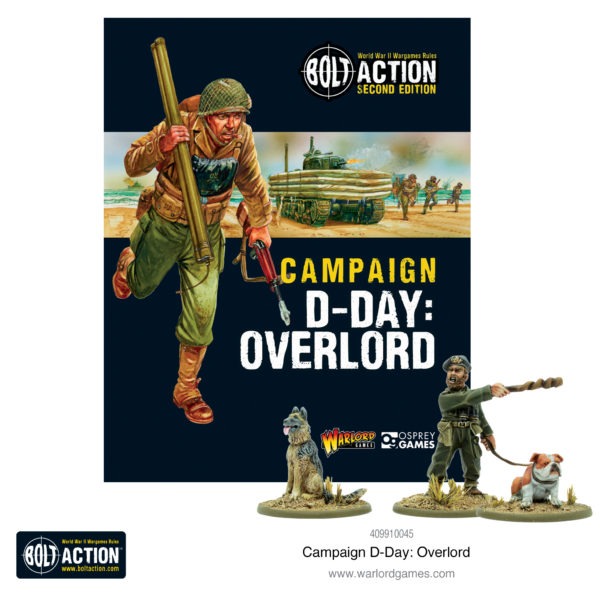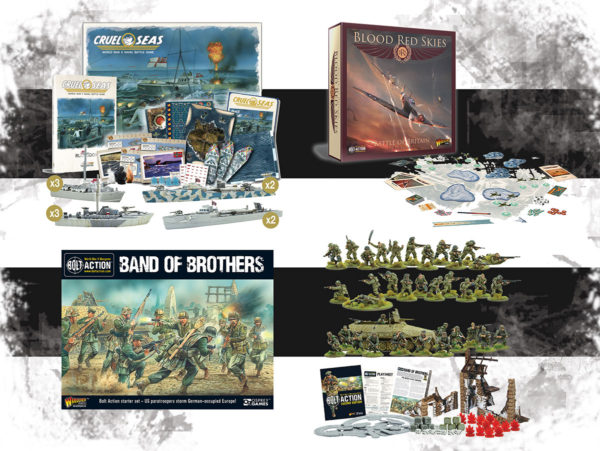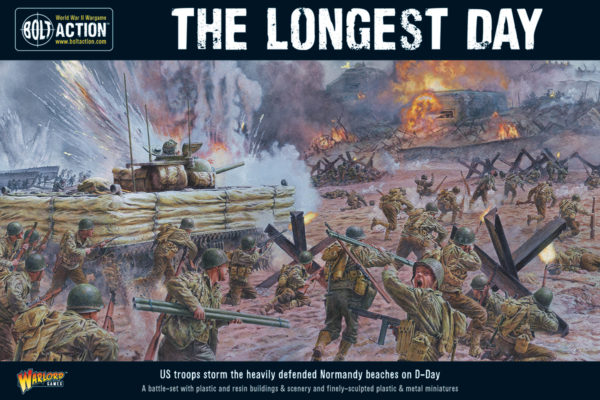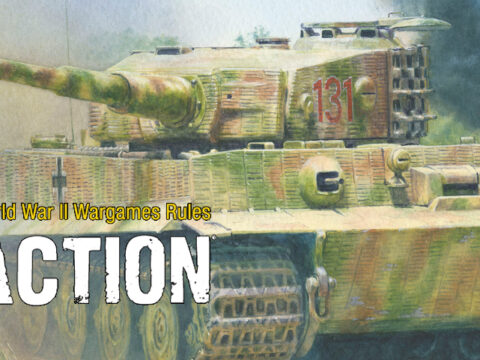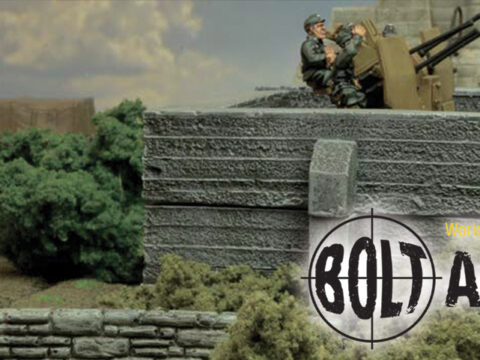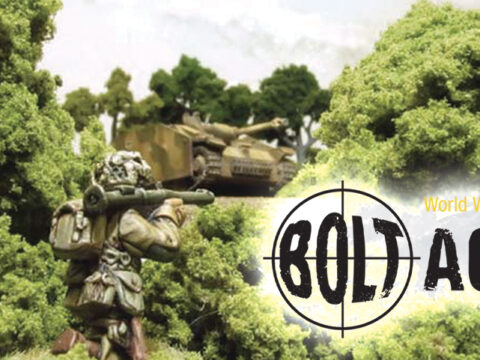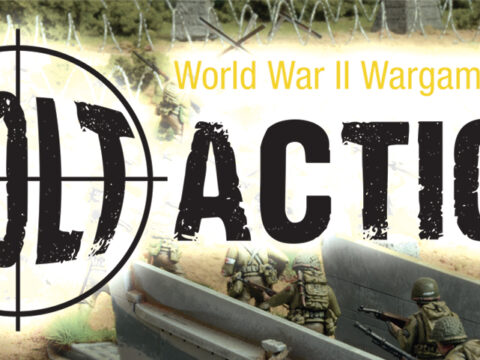One of the most daring, dangerous, and infamous attacks of D-Day was the US Army Rangers’ assault on the guns of Pointe Du Hoc.
Sporting huge cliffs that overlooked the English Channel, Pointe Du Hoc was right in between Utah and Omaha beaches with a commanding view of both. It was well known by the Allies that the Germans had several massive artillery guns placed there, along with machine gun pits. If they remained operational, they could cause terrible casualties among the landing forces on both American beaches.
The cliffs were the first major obstacles. Ranging in height from 85 to 100 feet, they went almost straight into the sea, offering no protection for a force on the beach. The defenders could easily shoot straight down the cliffs and decimate any units trying to make their way up. The only way to scale them was with ropes and ladders, many of which had been donated by the London Fire Brigade.
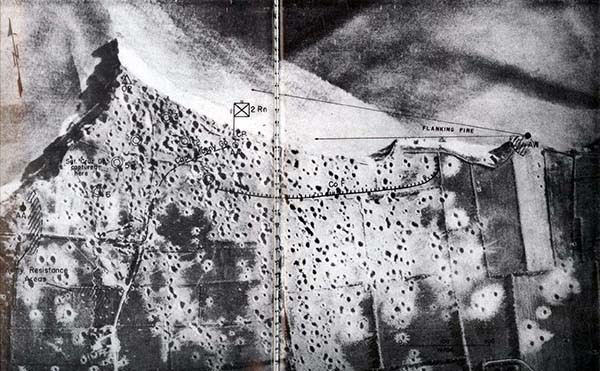
The Allies knew that this was no mission for standard infantry soldiers. It required men with special operations capability, so the job went to the US Army Rangers in what would be one of their most famous actions.
The plan had three parts. First, an aerial bombardment would do as much damage as possible, and hopefully pin the German gunners in their bunkers. Next, a concentrated naval barrage, flying right over the heads of the landing Rangers, would keep the German defenders from shooting at them. Finally, the Rangers themselves, having ridden amphibious landing craft to the base of the cliffs, would climb up and take the battery.
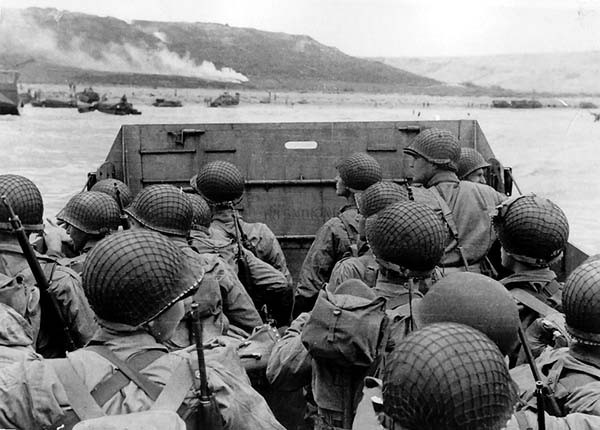
It was a bold plan that would turn out to be a costly one from the very beginning. Floating towards their objective, the Rangers came under a hail of deadly fire from German artillery, along with mortars once they got closer to shore. Only about half of the landing craft reached the small beach at the base of the cliffs.
The plan had called for an assault on two sides of the cliffs, but due to a navigational error and the terrible casualties the unit had suffered so far, they would only be attacking one side.
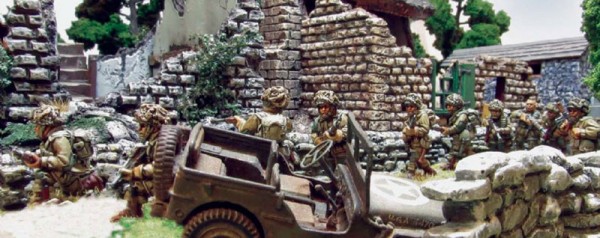
Now at the base of the cliffs, all the Rangers could hear was the deafening roar of the naval bombardment as it kept the German defenders from shooting down at them. Their landing craft had been equipped with rocket launchers to fire the grappling hooks, but the bombardments had caused a great deal of rubble to cover the beach and made it impossible for the landing craft to get close enough to use them.
The rubble had the fortunate side effects of giving some small amount of cover to the assaulting troops, while at the same time making the climb a bit shorter. With the German defenders effectively suppressed by naval artillery, and with some good old-fashioned grit on the part of the Rangers, they were able to scale the cliffs taking only 14 casualties.
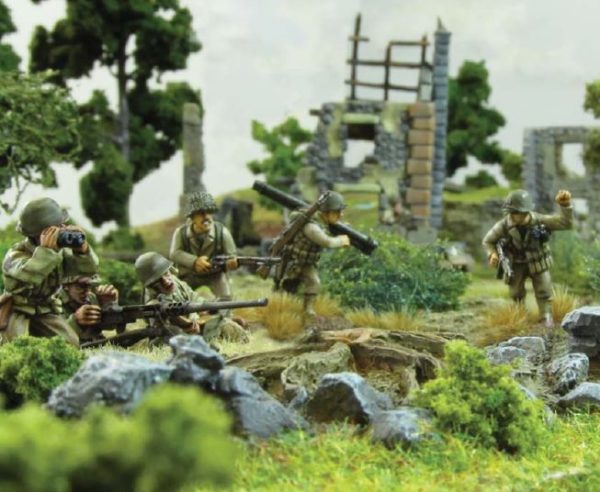
The plan was for a larger Ranger force to follow the initial assault once those men had made it to the top of the cliff. Since the original attack had taken far longer than expected, the rest of the Rangers ended up landing on the western side of Omaha as part of that beach’s assault. The rangers at Pointe Du Hoc were on their own.
Once at the top of the cliffs, they quickly set to their objective. Storming the battery, they were absolutely surprised to find… nothing. Telephone poles had been installed to look like the barrels of the big guns, and it had worked. There was a small German garrison there, but they were mostly infantry with some artillery spotters.
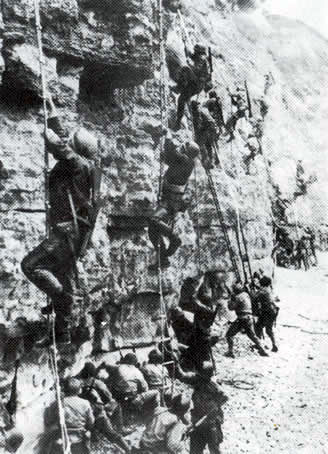
Lt Col Rudder, the overall commander of the Rangers landing force, split his unit into two groups. The first would establish a command post on the point, while the other would push inland and search for the guns. He knew they couldn’t have gone far, and he was correct. The Rangers found the guns hidden in an apple orchard and destroyed their firing mechanisms with thermite grenades. The Rangers had accomplished their mission.
The fight for Pointe Du Hoc was far from over. For the next two days, the Germans mounted several counter-attacks to retake the point, each one fought back by naval gunfire and the fierce determination of the rangers. On 8 June, the defenders were finally relieved by the 5th Ranger Battalion. Of the over 225 men who set sail on the morning of 6 June, only about 90 of them were still in fighting shape.
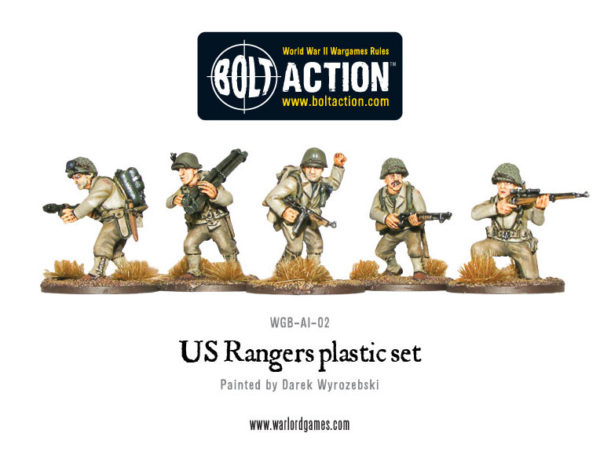
Our ‘Rangers Lead the Way’ Boxed set contains enough components to create 25 miniatures from a mixture of plastic US Infantry sprues and a Rangers-specific set of metals – here is the full breakdown:
- Enough plastic and metal components to make 25 US Rangers miniatures, including a host of different weapon and command model options.
- Metal parts, including Bangalore torpedoes, M2 flame-thrower, pick/mattocks, axes, wirecutters, heads with goggles, and US Ranger knuckle-knife.
- 8 unique metal heads representing well-known film characters.
- Weapons include: M1 carbine, Springfield rifle (plus scoped version and also version with bayonet fitted), M3 ‘Grease Gun’ sub-machine gun, Browning Automatic Rifle (BAR), M1 Garand rifle (plus scoped version and version with bayonet fitted), Bazooka, Thompson sub-machine gun, Winchester combat shotgun, Browning M1911 pistol, hand grenades, bandoliers and ammunition pouches.
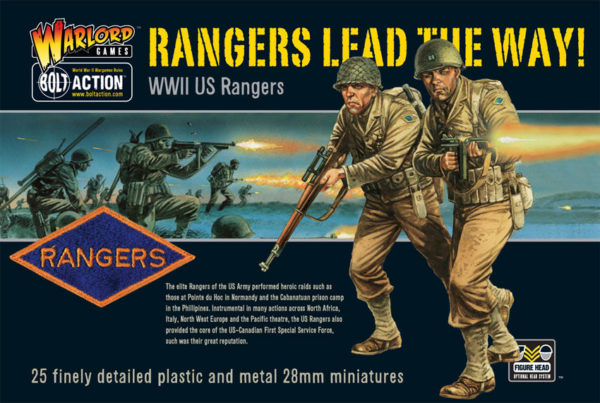
You can find rules for recreating this iconic battle in our brand new campaign book; D-Day: Overlord. You’ll also find a wealth of background information, along with new units and theatre selectors!
Head over to the webstore now for more information, and to pick up your copy!


